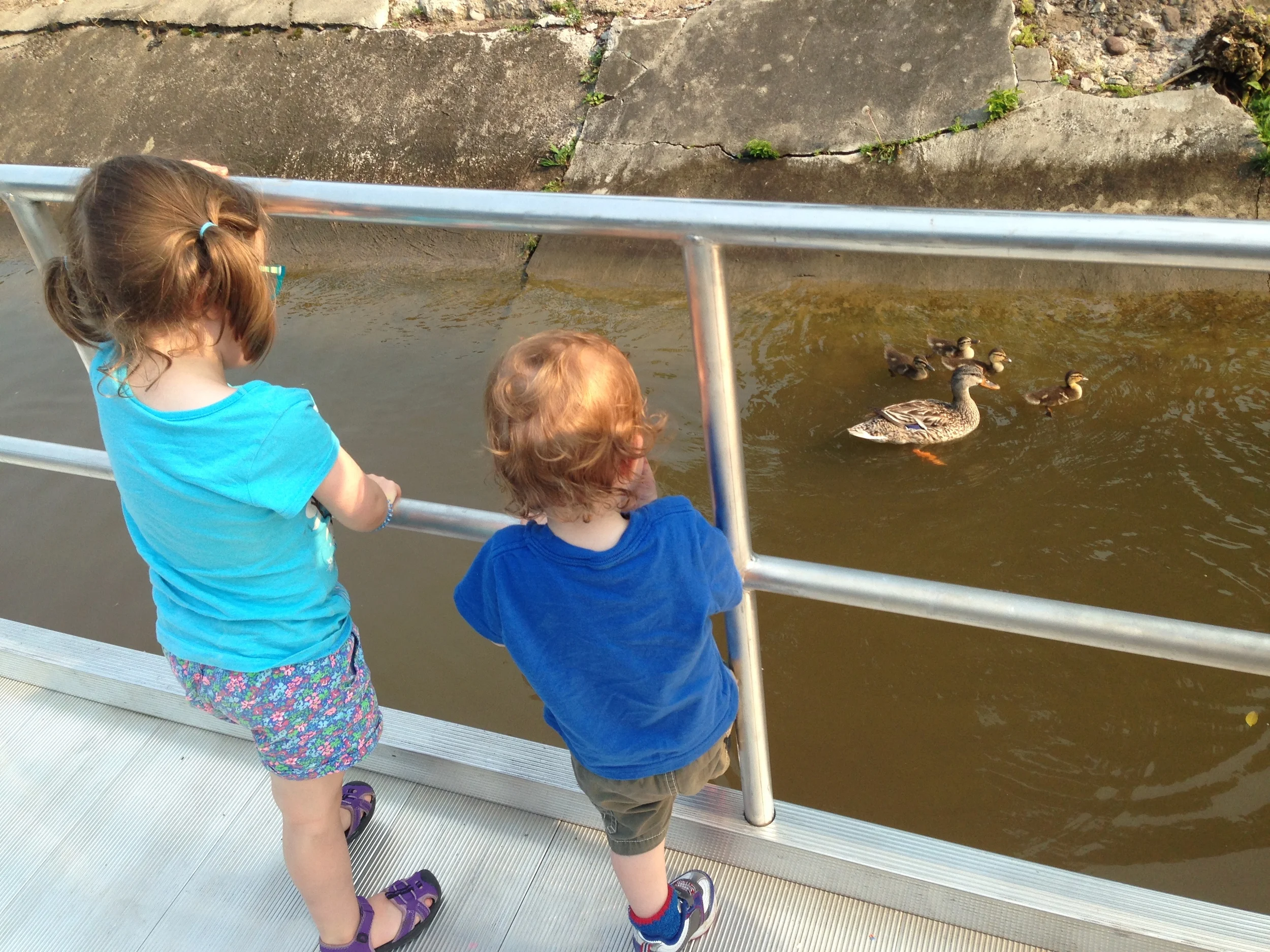In a hurry on a Monday morning, we herded our adorable children like wild cats into the back of our car. And for reasons that remained beyond us both, our son began to wail.
What in the world is he crying about?
If I had a dollar for every time I thought this about my kids, I’d be a wealthy man.
Crying is a form of communication that evokes so many emotions, both in the self and in others. Crying is a complex and controversial behavior with its own separate domain of critical research. But somehow, many caregivers learn to decode their children’s crying and react emphatically.
How we respond to crying is really important, especially when someone is not able to communicate verbally. This could apply to a child who does not have words yet or a verbally fluent adult who has a hard time “finding their words” when they are emotionally activated.
There’s no one “right way” to respond to crying, but here are a few tips that I’ve found helpful:
- Listen (rather than trying to problem solve)
- Observe (rather than act on the other person)
- Assure (rather than trying to correct or calm) - “I’m here” or “We’ll hug at school”
So you might be asking yourself: What exactly did you do when your son was crying that day?
I’ll tell you:
- We put him in his car seat (because we were late, of course)
- I drove as calmly as I could to school (which thankfully was only less than a mile away)
- We listened through the trill for his words to come to him (which they eventually did)
Why was he crying?
Because we turned off his “movie show” before it was finished. Curse you Daniel Tiger and your end of show skit. Next time, we’ll try to give our little man a warning that we need to turn off the show.
Ugga Mugga my friends. Happy Monday morning.


